30 game boards to use when working with near doubles.
Use these Doubles Plus 1 Game Boards when learning about near doubles. Some suggestions on how to use these game boards in the classroom have been included.
- In groups, provide a game board to each student and 2 dice. Each player takes a turn to roll the 2 dice.
The player is then required to add the 2 dice together, double the total and then add one. If any of the
players have that number on their game board, they can cover it with a marker. Decide before the game
if they need to cover a line vertically, horizontally, diagonally or all of the numbers to win the game.
(Alternatively, you could play this as a whole class and use number cards with 2 – 12 on them to draw
out.) - In pairs, provide 1 game board, 2 dice and 2 different markers. 1 player rolls the 2 dice, then adds them
together, doubles the total and adds one. If the answer is available on the game board, they can place
their marker on it. If the other player has already covered the answer, they can remove their opponents
marker and replace it with their own. When all of the numbers have been covered, the winner is the
player with the most numbers covered. - Provide each student with 1 of the blank game boards. Have students fill in their game board with all of
the possible answers and then either roll 2 dice or use number cards to add together, double and then
add 1.
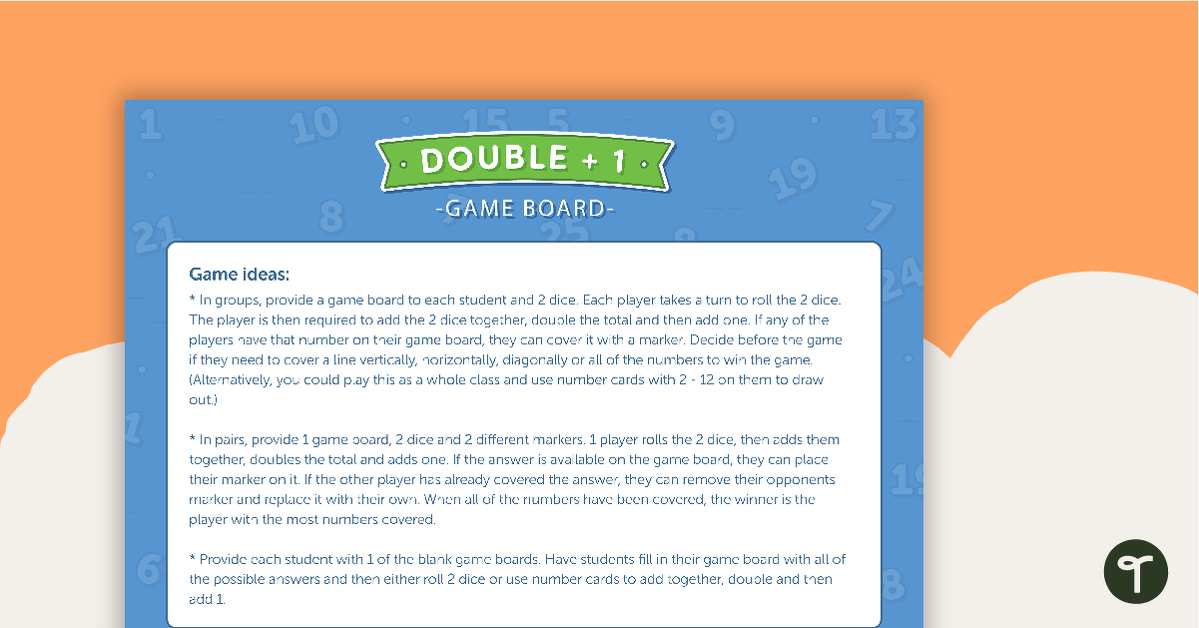
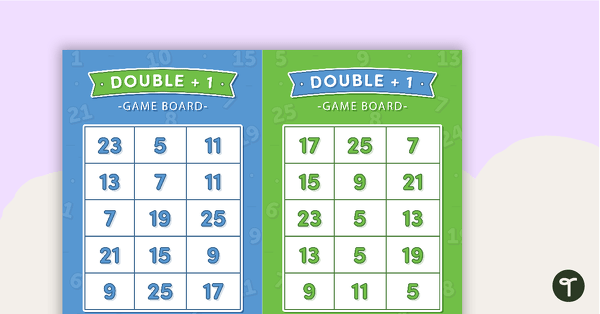
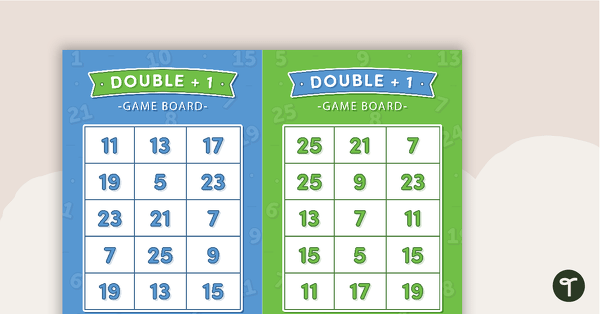

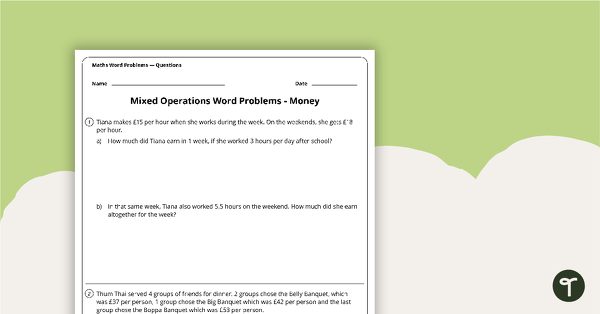
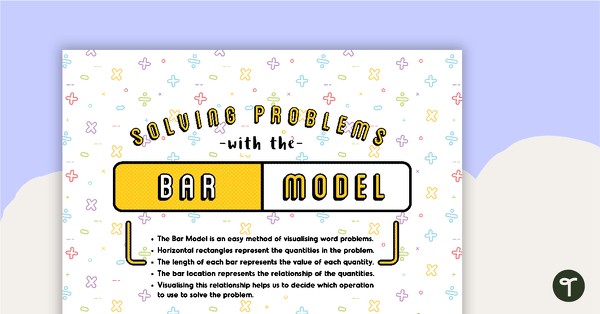
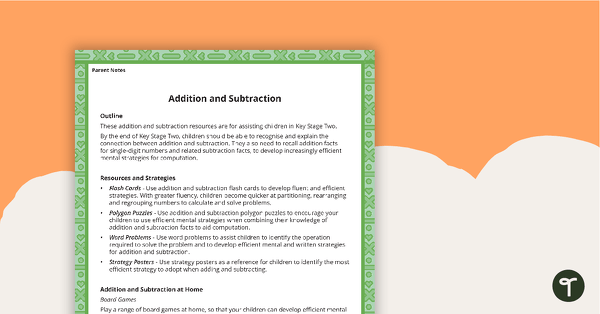
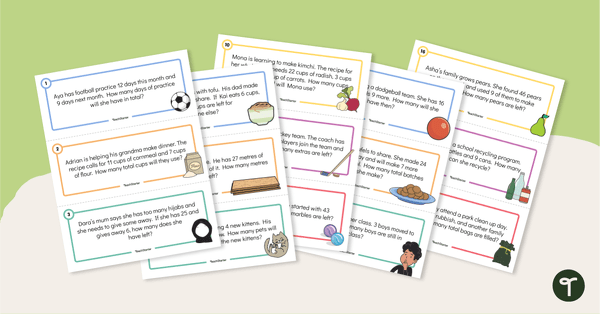
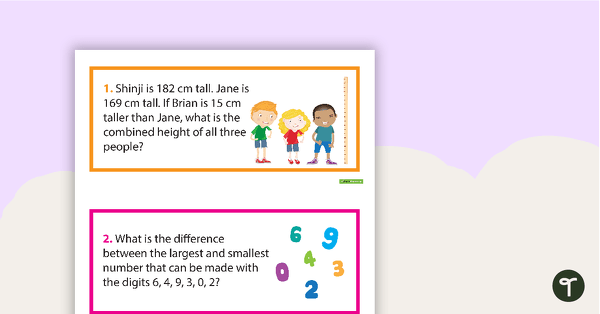
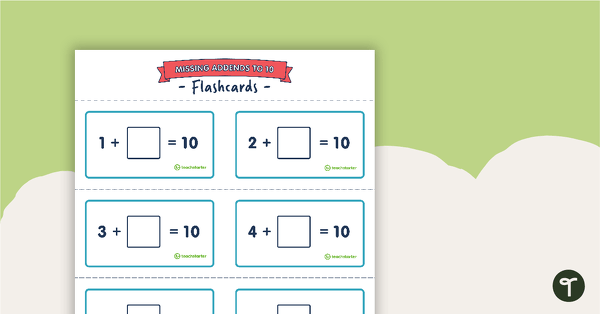
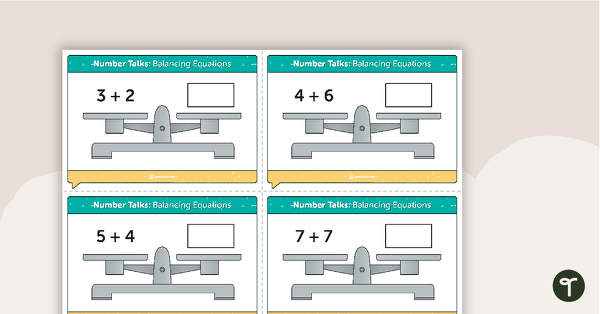
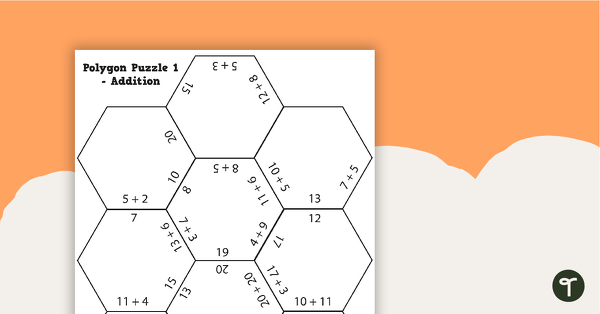
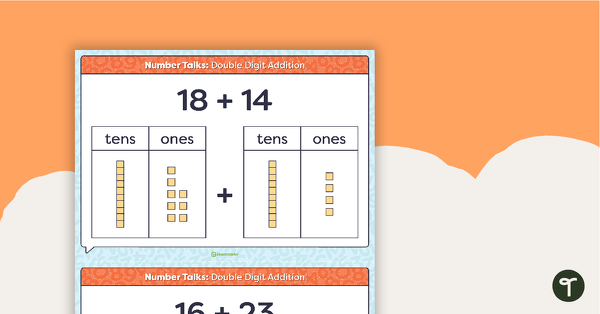
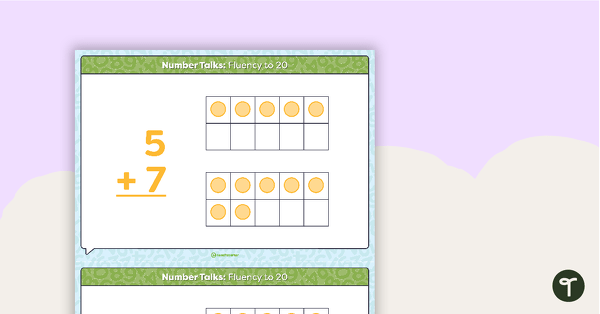
0 Comments
Write a review to help other teachers and parents like yourself. If you'd like to request a change to this resource, or report an error, select the corresponding tab above.